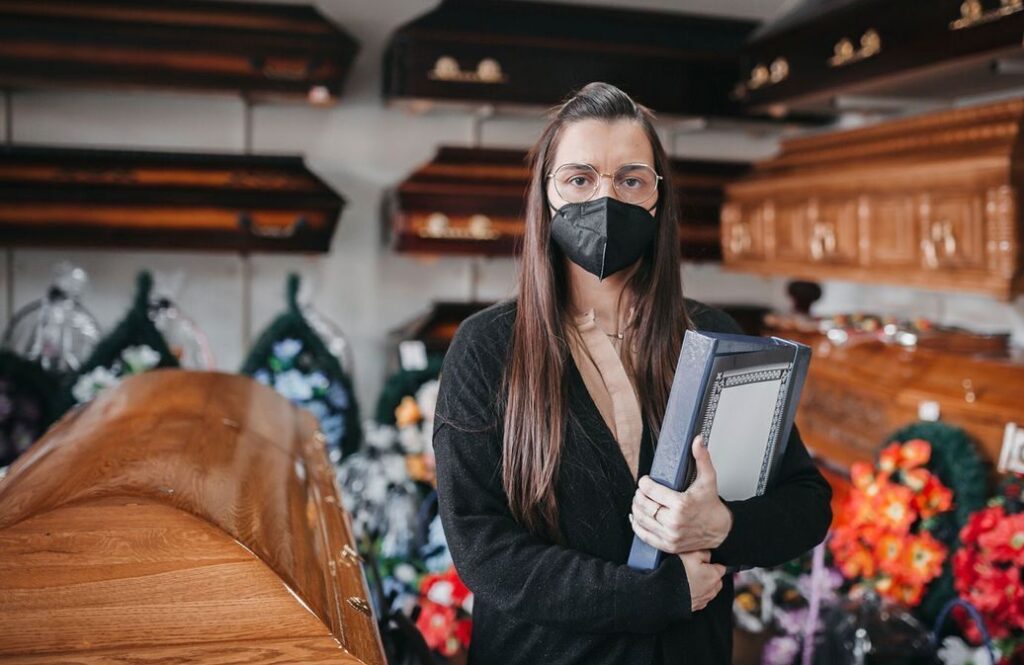It’s a big and powerful technology. Big and powerful equals to a perfect storm of innovative change. Several industries, the funeral profession included are finding out just how important 3D printing is. The 3D was known as stereo lithography, was invented in the 1980s by Charles Hull. Like the first of many great ideas, it was an expensive process, it still is, but a lot less so. Its first applications were primarily in engineering and manufacturing. Today, there are different processes and materials used, but the core concept is the same. 3D printing has the ability to turn digital files containing three-dimensional data into physical objects. Now it has crossed over into the mainstream. 3D printing is noticeably transforming more and more industries.
3D printing has slowly started to set up shop in the funeral profession. The two factors that have helped enable a perfect environment for 3D printing are; the rise of cremation and the growing importance of personalization in the funeral profession. So more people are choosing cremation and want a unique way to remember the legacy of their loved ones so preferring customized printed urns. 3D printing will provide families with new ways to ensure a unique legacy for their loved ones since it makes their presence to be felt in the funeral.
In China, funeral homes have started using 3D printing to repair bodies of deceased. These bodies are often ones damaged in accidents or disasters. Funeral professionals currently use a lot of wax and makeup to make repairs, and the resemblance isn’t always completely accurate especially in cases of severe trauma. This new phenomenon is still being developed, but it’s easy to see why it is garnering so much interest. With 3D printing, families might have the option to see their loved ones in a more realistic and familiar state which is a great comfort in the event of an unexpected accident or tragedy.
After the death of a loved one, families sometimes like to purchase memorial keepsakes. These include things like tokens, pendants, small figurines, casket corners, or engravings. They could be generic or personalized in some way, but they’re usually mass-produced templates.
As 3D becomes more popular and affordable, these template keepsakes would be a thing of the past. With 3D printing, families can play a bigger role in the process. They might have the opportunity to sit down and design a unique keepsake or memento alongside their funeral director. Depending on the family size, only a few would need to be printed. Companies would save money by creating memorial inventory on demand. As the technology becomes more pervasive and affordable, funeral homes in the future could even offer these services do in-house.



